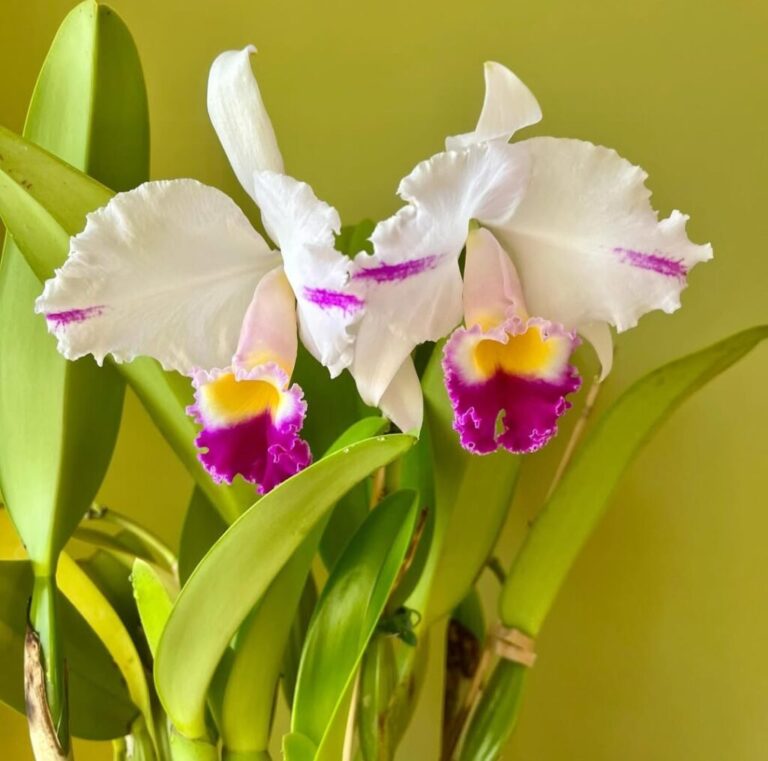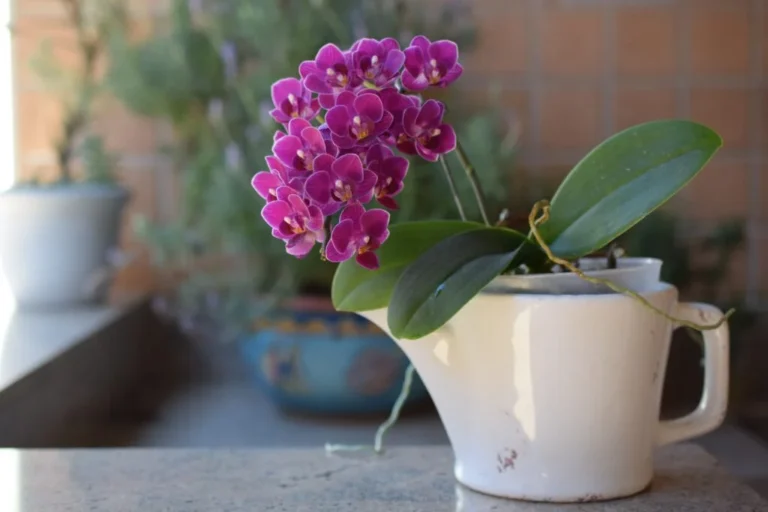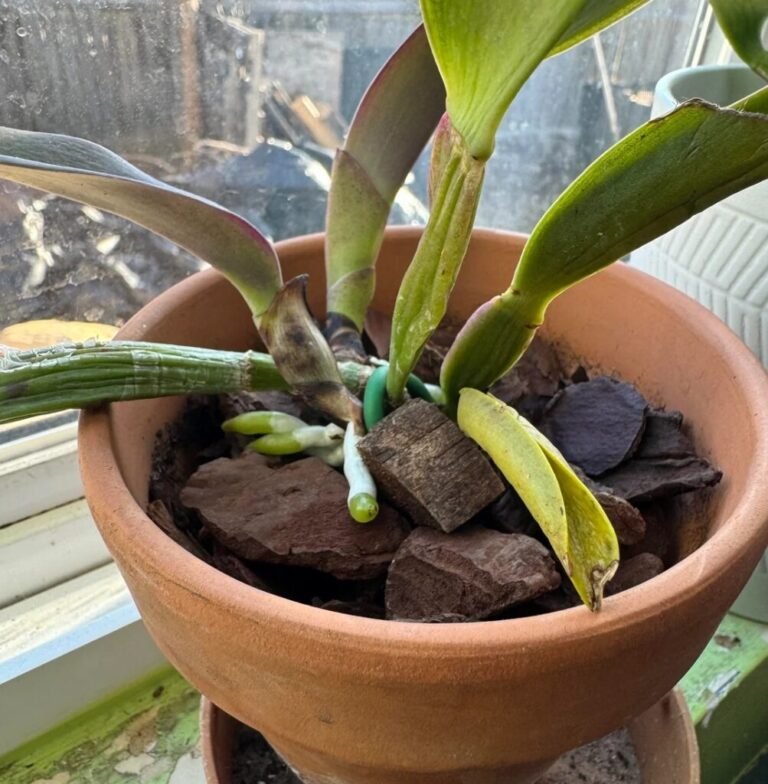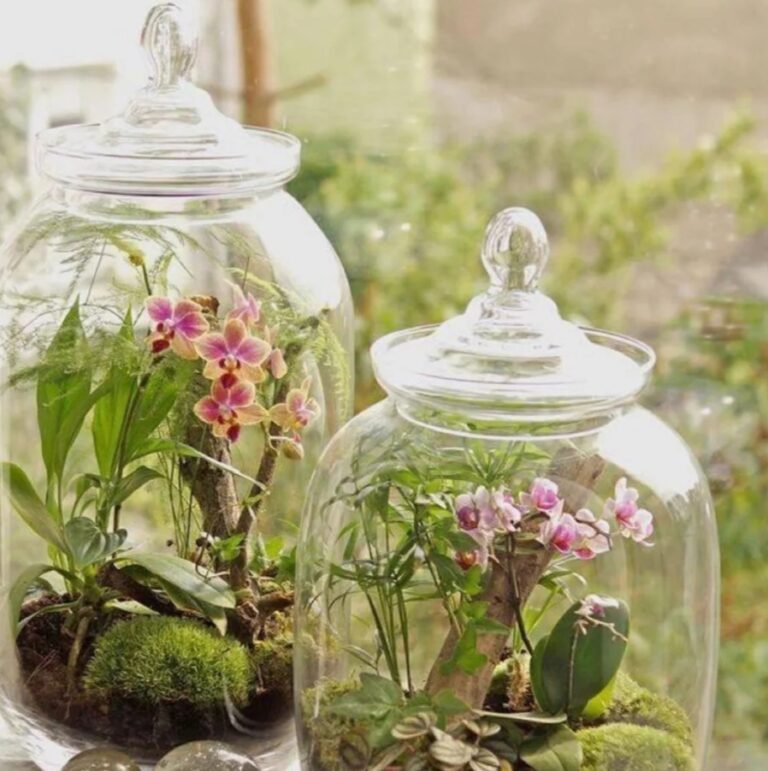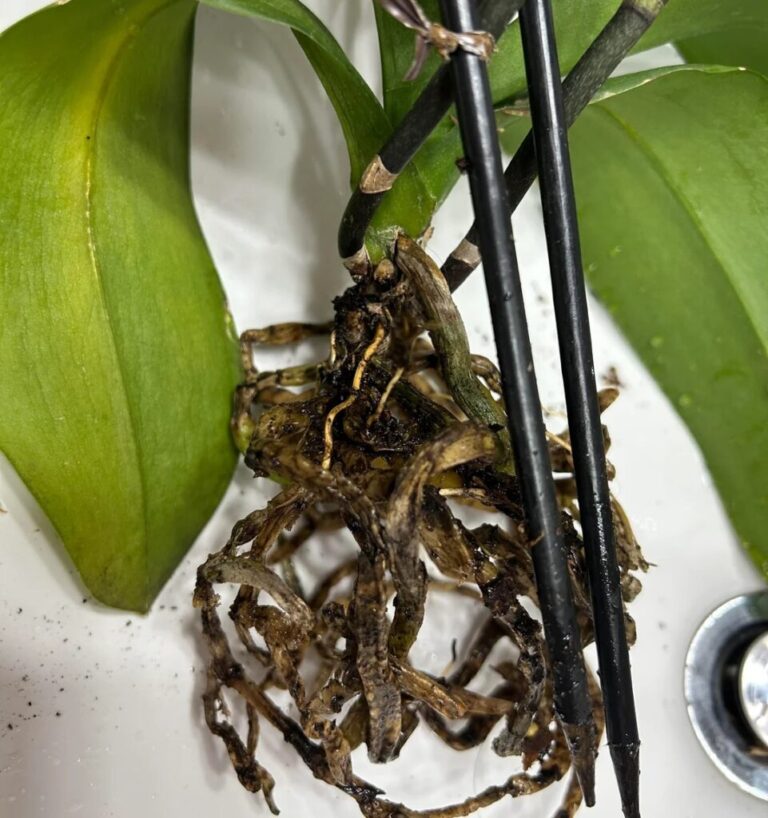California Fuchsia (Epilobium canum) is a drought-tolerant, vibrant perennial that brings a burst of fiery red-orange flowers to your garden. This hardy plant thrives in dry conditions, making it an excellent choice for xeriscaping. Native to California and the southwestern United States, California Fuchsia is known for its ability to withstand extreme heat and minimal water, all while attracting hummingbirds and pollinators with its tubular flowers. With the right care, this stunning perennial can flourish and provide breathtaking blooms year after year, even in the most challenging environments.

1. Choose the Right Location
California Fuchsia thrives in full sun and well-draining soil. It is naturally adapted to rocky, sandy, or loamy soil with good drainage, which helps prevent root rot and other moisture-related issues. When planted in shaded areas, the plant may become leggy, leading to weaker stems and fewer blooms. To ensure optimal growth, select a location where the plant will receive at least six to eight hours of direct sunlight daily. This will help it produce more flowers and maintain a compact, bushy growth habit. If growing in containers, use a potting mix that allows excess water to drain freely.
Tip: Always plant California Fuchsia in an area with ample sunlight, as partial shade will reduce blooming intensity and cause the plant to stretch.
Problem: If your plant isn’t blooming well, evaluate its sunlight exposure. Consider relocating it to a sunnier spot or trimming nearby foliage that might be casting excessive shade.
2. Soil Preparation and Amendments
California Fuchsia prefers slightly alkaline to neutral soil that allows for proper aeration. While it can grow in poor soils, adding organic matter like compost can improve overall soil health. However, be cautious—overly rich soil can encourage excessive foliage growth at the expense of flowers. If your soil is heavy clay, amending it with sand or perlite can enhance drainage and prevent root suffocation. Raised beds and rock gardens can also be excellent growing environments for California Fuchsia, as they mimic its natural habitat.
Tip: A well-balanced mix of sandy soil, perlite, and compost will create ideal growing conditions for your California Fuchsia.
Problem: If your plant appears weak or its leaves start yellowing, check the soil pH and nutrient levels. A simple soil test can reveal deficiencies, which you can correct using garden lime (to raise pH) or sulfur (to lower pH).
3. Watering Needs and Drought Tolerance
Once established, California Fuchsia is highly drought-tolerant and requires minimal supplemental watering. However, young plants need consistent moisture to develop strong root systems. Water deeply once or twice a week for the first few months, then reduce watering frequency as the plant matures. Overwatering can cause root rot and fungal diseases, so it’s best to let the soil dry out between watering sessions. In particularly hot, dry spells, an occasional deep watering can help maintain bloom production.
Tip: Water your California Fuchsia early in the morning to reduce evaporation and ensure the roots absorb sufficient moisture.
Problem: If leaves turn yellow or brown, check the soil’s moisture level. Reduce watering if the soil is too wet, and ensure proper drainage to prevent root damage.
4. Proper Fertilization Techniques
This plant does not require heavy feeding. In fact, excessive nitrogen can promote excessive foliage growth while reducing flower production. A balanced, low-nitrogen fertilizer applied in early spring can enhance blooming. An occasional application of compost or organic mulch can also provide slow-releasing nutrients throughout the growing season. If your plant seems sluggish, a light application of phosphorus-rich fertilizer can encourage better flowering.
Tip: Use a slow-release fertilizer with a 5-10-10 or 10-20-20 ratio to enhance flower production while keeping the plant compact and healthy.
Problem: If the plant is producing an abundance of leaves but very few flowers, cut back on nitrogen-rich fertilizers and switch to a bloom-boosting formula.
5. Pruning for Healthy Growth
Regular pruning is essential for maintaining the plant’s shape and encouraging dense, bushy growth. California Fuchsia benefits from cutting back dead or leggy stems in late winter or early spring before new growth emerges. Removing spent flowers (deadheading) can also prolong the blooming season. Be careful not to prune too aggressively during the growing season, as this may reduce flower production.
Tip: Trim about one-third of the plant annually to prevent legginess and maintain its compact shape.
Problem: If your plant looks straggly or sparse, increase pruning frequency to encourage new growth and prevent it from becoming overgrown.
6. Pest and Disease Control
California Fuchsia is generally resistant to pests and diseases, but occasional infestations of aphids, spider mites, or powdery mildew may occur. Good air circulation and well-draining soil can help prevent these problems. If pests do appear, a gentle spray of water or an application of neem oil can effectively manage them. Powdery mildew can be controlled by avoiding overhead watering and removing affected leaves.
Tip: Apply a layer of mulch around the base to retain moisture and suppress weed growth, reducing competition and stress on the plant.
Problem: If you notice white powdery patches on leaves, apply a fungicide and adjust watering practices to keep foliage dry.
7. Companion Planting
California Fuchsia pairs well with other drought-tolerant plants like lavender, sage, and penstemon. These plants share similar water and soil requirements, creating a visually appealing and low-maintenance landscape. Additionally, they attract beneficial pollinators, further enhancing the health of your garden.
Tip: Incorporate California Fuchsia into rock gardens or native plant landscapes to create a stunning, wildlife-friendly habitat.
Problem: If nearby plants appear to be competing for resources, space them farther apart to ensure each plant has ample room to grow.
8. Propagation Methods
California Fuchsia can be propagated through seeds, cuttings, or division. Cuttings taken in spring or early summer root quickly in well-draining soil. Seed propagation takes longer but can be rewarding for patient gardeners.
Tip: Use a rooting hormone on cuttings to encourage faster and stronger root development.
Problem: If cuttings fail to root, ensure they are kept in a humid, warm environment until they establish properly.
9. Overwintering Strategies
Although California Fuchsia is cold-tolerant, mulching around the base of the plant can provide extra protection during harsh winters. In colder zones, cut the plant back in late fall and cover the base with a thick layer of mulch to insulate the roots.
Tip: Use organic mulch like bark or straw to retain warmth and prevent frost damage.
Problem: If the plant appears dead in early spring, be patient—it often regrows from the base as temperatures rise.
10. Encouraging Maximum Blooming
To maximize flower production, deadhead spent blooms regularly, avoid excessive fertilization, and ensure the plant receives enough sunlight. The peak bloom period is late summer through fall, with consistent care leading to prolonged flowering.
Tip: Reducing watering slightly during the blooming period can encourage more prolific flowering.
Problem: If blooming is sparse, evaluate water, light, and soil conditions to identify potential deficiencies.
Time Table for California Fuchsia Care
| Task | Best Time |
|---|---|
| Planting | Spring or Fall |
| Watering | Weekly (until established) |
| Fertilizing | Early Spring |
| Pruning | Late Winter / Early Spring |
| Pest Control | As needed |
| Propagation | Spring or Early Summer |
By following these essential care tips, you can cultivate a thriving California Fuchsia that dazzles with its vibrant blooms season after season.
FAQs
What is California Fuchsia?
California Fuchsia (Epilobium canum) is a drought-tolerant, perennial plant known for its bright orange-red tubular flowers that attract hummingbirds and pollinators. It thrives in dry, well-draining soil and is native to the western United States.
Where should I plant California Fuchsia?
Plant California Fuchsia in a sunny location with well-draining soil. It does well in rock gardens, slopes, and containers, making it a versatile plant for various garden settings.
How often should I water California Fuchsia?
Once established, California Fuchsia is highly drought-tolerant and requires minimal watering. Water deeply once every 2–3 weeks during dry periods, but avoid overwatering, as it can lead to root rot.
Does California Fuchsia need fertilizer?
This plant thrives in nutrient-poor soils, so fertilization is generally unnecessary. However, if growth seems weak, you can apply a light, balanced fertilizer in early spring.
When does California Fuchsia bloom?
It typically blooms from late summer to fall, providing a vibrant splash of color when most other plants have stopped flowering.
How do I prune California Fuchsia?
Prune in late winter or early spring to remove dead growth and encourage fresh, compact growth. Cutting back by about one-third helps maintain a neat shape.
Can I grow California Fuchsia in containers?
Yes, it grows well in containers as long as the pot has good drainage. Use a well-draining soil mix and ensure the container gets full sun.
Is California Fuchsia deer-resistant?
Yes, California Fuchsia is generally deer-resistant due to its fuzzy leaves and slightly bitter taste
How can I propagate California Fuchsia?
It can be propagated through seeds or cuttings. Softwood cuttings taken in late spring or early summer root well in moist, well-draining soil.
What pests or diseases affect California Fuchsia?
California Fuchsia is relatively pest-free but may occasionally attract aphids or spider mites. Keeping the plant healthy and rinsing pests off with water usually helps. Root rot can be an issue if the soil is too wet.





